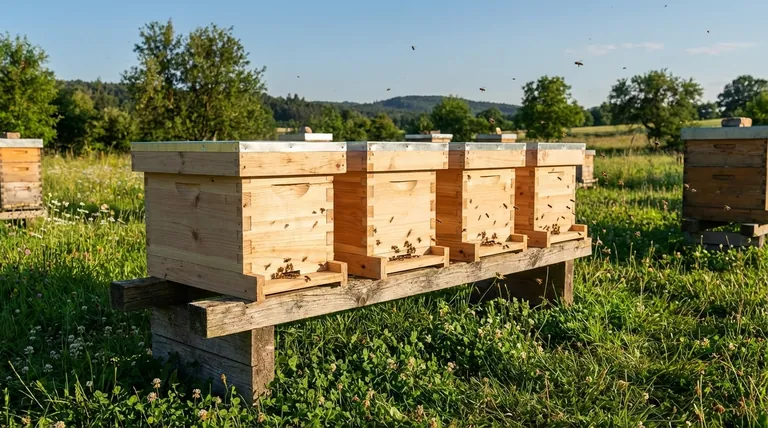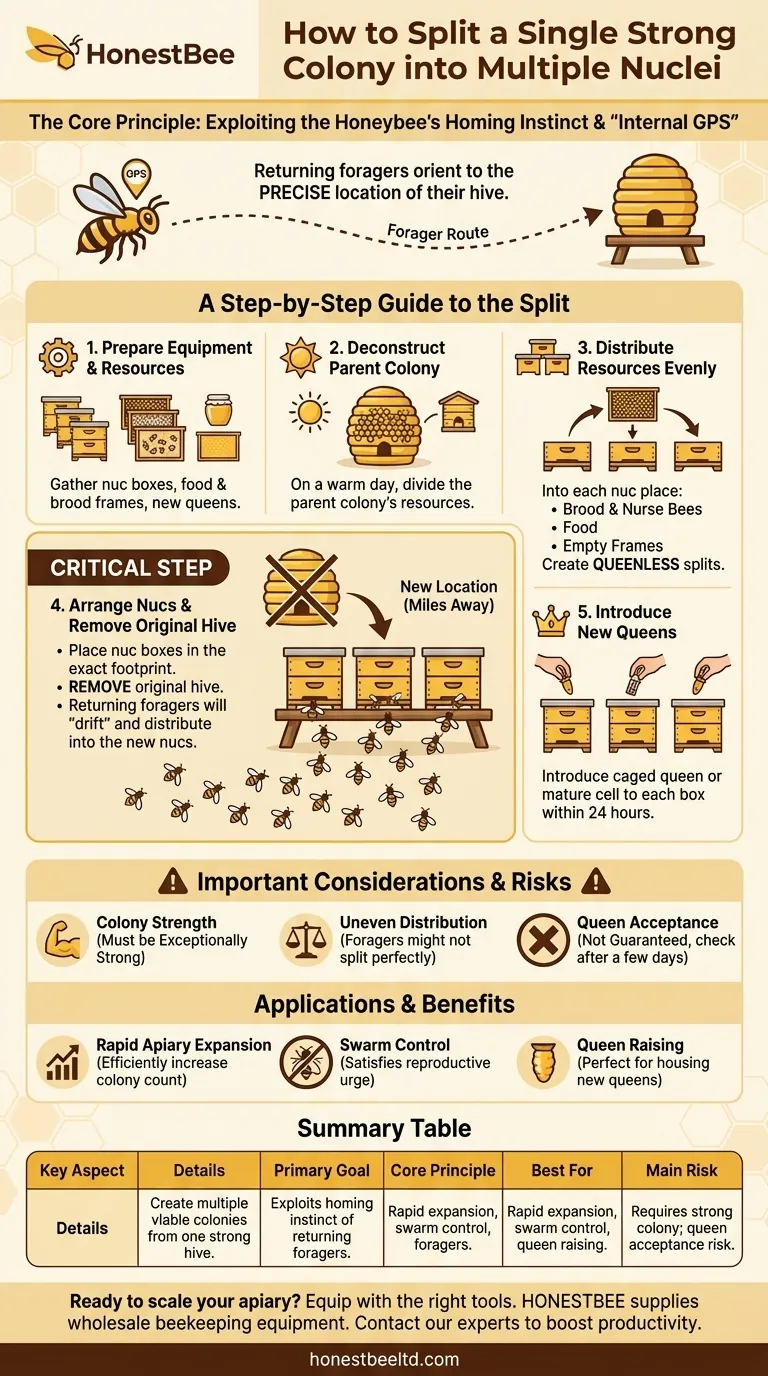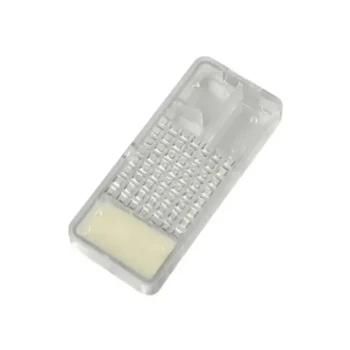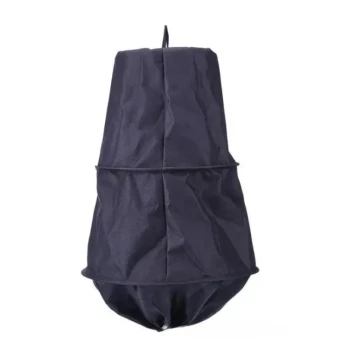To create several smaller nuclei from a single colony, the most effective method involves splitting the colony's resources into multiple nucleus boxes and placing them where the original hive stood. After removing the original hive, the returning field bees are forced to redistribute themselves among the new, smaller colonies, ensuring each one has a foraging workforce.
This technique leverages the powerful homing instinct of foraging bees. By removing their original hive, you compel the returning bees to "drift" into the new nucleus boxes, creating multiple viable, small colonies from one powerhouse hive in a single operation.

The Principle: Exploiting the Honeybee's Internal GPS
A Bee's Homing Instinct
Honeybee foragers, the field workers of the colony, orient themselves to the precise location of their hive entrance. They use this "GPS" to return with nectar, pollen, and water.
Forcing a Redistribution
When you remove the original hive, returning foragers arrive at the location to find their home gone. Their instinct is to find the nearest suitable entrance.
By placing several nucleus boxes in the exact footprint of the old hive, you give them multiple options. The bees will drift and distribute themselves almost equally among the new hives, providing each with an instant foraging population.
A Step-by-Step Guide to the Split
Step 1: Prepare Your Equipment
Before you begin, gather your nucleus boxes (one for each split you intend to make). Each nuc will need frames of food, brood, and a new queen or queen cell.
Step 2: Deconstruct the Parent Colony
On a warm, sunny day when many bees are out foraging, open the strong parent colony. You will systematically divide its resources.
Step 3: Distribute the Resources Evenly
For each new nucleus box, provide a balanced set of frames from the parent hive:
- One or two frames of brood (eggs, larvae, and pupae) with their adhering nurse bees.
- One frame of food (honey and pollen).
- Additional empty frames or foundation to fill the box.
Ensure you do not transfer the original queen into any of the nucs unless that is part of a specific management plan. The goal is to create queenless splits.
Step 4: Arrange the Nucs and Remove the Original Hive
Place the new nucleus boxes side-by-side, with their entrances close together, on the stand where the parent colony was located. Once they are in position, remove the original hive and move it to a new location several miles away.
Step 5: Introduce New Queens
Each nucleus is now queenless. You must introduce either a caged queen or a mature queen cell to each box. This is typically done within 24 hours of making the split to ensure the highest chance of acceptance.
Understanding the Risks and Considerations
Colony Strength is Paramount
This method should only be used on an exceptionally strong, populous colony. Splitting a weak or average colony in this way will result in multiple failed colonies instead of multiple successful ones.
The Risk of Uneven Distribution
While bees tend to distribute themselves fairly evenly, it is not a perfect science. One nucleus may end up with slightly more or fewer foragers than its neighbors.
Queen Acceptance is Not Guaranteed
As with any requeening effort, there is always a chance that a nucleus will reject its new queen. It is critical to check for acceptance and egg-laying after a few days.
Applying This Method to Your Goal
- If your primary focus is rapid apiary expansion: This is one of the most efficient ways to increase your colony count using your own strongest stock.
- If your primary focus is swarm control: Splitting a powerful colony on the verge of swarming satisfies its reproductive urge and prevents the loss of bees.
- If your primary focus is raising queens: This technique provides you with multiple small, queenless colonies that are perfect for housing and evaluating newly mated queens.
By understanding and directing the natural behavior of your bees, you can effectively transform one strong colony into several new ones, accelerating the growth and potential of your apiary.
Summary Table:
| Key Aspect | Details |
|---|---|
| Primary Goal | Create multiple viable colonies from one strong hive. |
| Core Principle | Exploits the homing instinct of returning forager bees. |
| Best For | Rapid apiary expansion, swarm control, and queen raising. |
| Main Risk | Requires a very strong parent colony; queen acceptance is not guaranteed. |
Ready to scale your beekeeping operation? Equip your apiary with the right tools for success. HONESTBEE supplies commercial apiaries and beekeeping equipment distributors with high-quality, durable beekeeping supplies and equipment through our wholesale-focused operations. From nucleus boxes to essential tools, we provide what you need to execute splits and manage growth effectively. Contact our wholesale experts today to discuss your equipment needs and boost your productivity.
Visual Guide

Related Products
- 5 Frame Wooden Nuc Box for Beekeeping
- Twin Queen Styrofoam Honey Bee Nucs Mating and Breeding Box
- Automatic Heat Preservation 6 Frame Pro Nuc Box for Honey Bee Queen Mating
- Plastic Transporting Bee Packages and Nuc Boxes for Beekeeping
- Portable Bee Mating Hive Boxes Mini Mating Nucs 8 Frames for Queen Rearing
People Also Ask
- What is a common feature of many 5-frame nuc boxes? The Integrated Feeder for Efficient Colony Growth
- What is the advantage of overwintering a nucleus? A Strategic Asset for Beekeeping Success
- What is the purpose of having a nuc in beekeeping? Build a Resilient & Productive Apiary
- What frames should be moved into the queenless hive when requeening with a nuc? Ensure a Successful Queen Introduction
- What is the most common type of standard nuc? The 5-Frame Nuc Explained



















